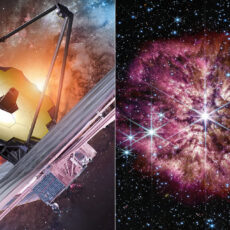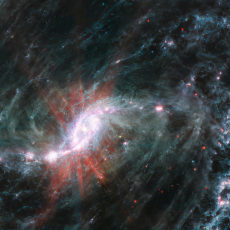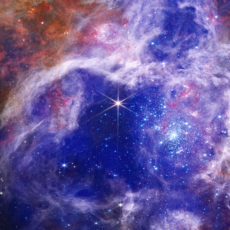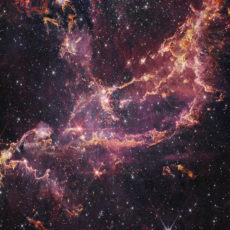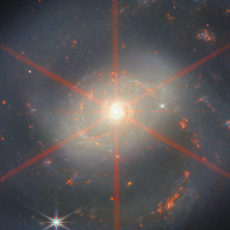
NASA’s James Webb Space Telescope has discovered a new carbon compound in space for the first time. Classified as methyl cation, this molecule contributes to the formation of more complex carbon-based molecules and was detected in a young star system, with a protoplanetary disk, known as d203-506
This protoplanetary disk is located about 1,350 light-years from Earth in the Orion Nebula. What makes this discovery significant is that carbon compounds form the foundations of all known life, and helps scientists understand both how life developed on Earth, and how it could potentially develop elsewhere in our universe. They believe that UV radiation might actually provide the necessary source of energy for CH3+ to form in the first place. After forming, UV radiation then promotes additional chemical reactions to build more complex carbon molecules.
- BRIGHT, SHARP VIEWS ANYWHERE: Unlike many beginner telescopes, this quality refractor features fully coated glass lenses and a 70mm aperture for...
- PERFECT FIRST TELESCOPE FOR BEGINNERS: Designed for adults and kids to enjoy together, this beginner-friendly telescope sets up in minutes and...
- EASY NO-TOOL SETUP: No complicated assembly or tools needed. The full-height tripod and telescope tube set up in seconds and pack neatly into the...

This clearly shows that ultraviolet radiation can completely change the chemistry of a protoplanetary disk. It might actually play a critical role in the early chemical stages of the origins of life,” said Olivier Berné, Lead Author from the French National Centre for Scientific Research in Toulouse, France.



